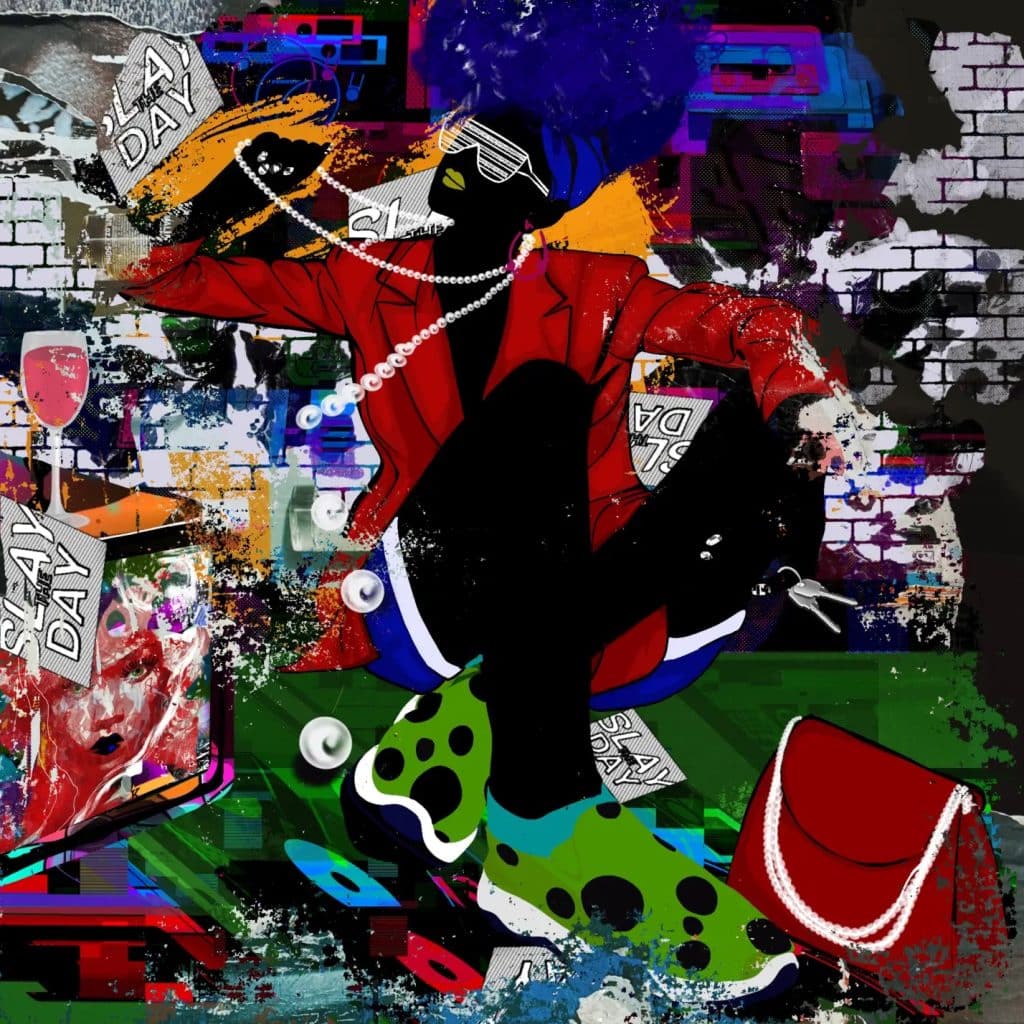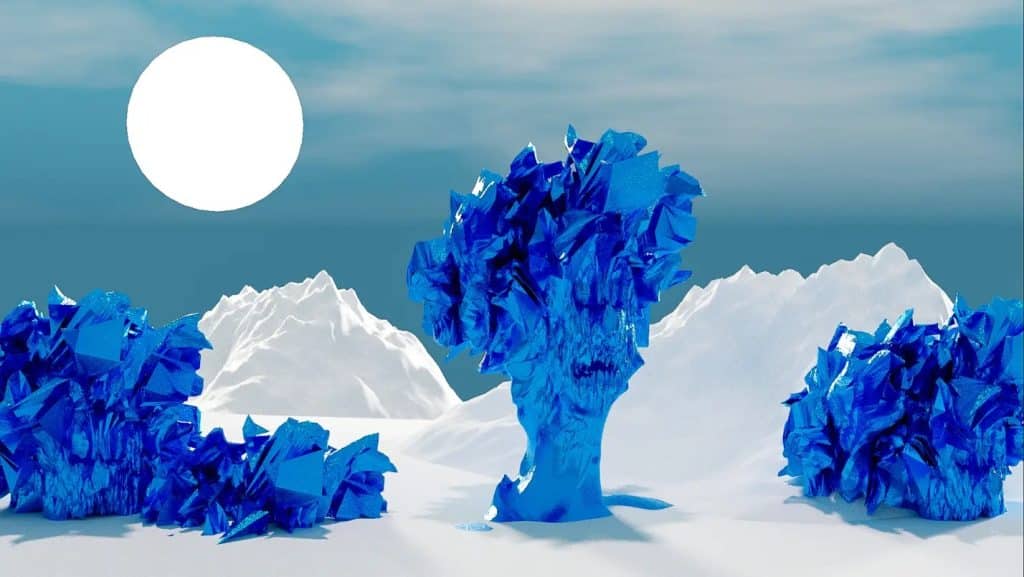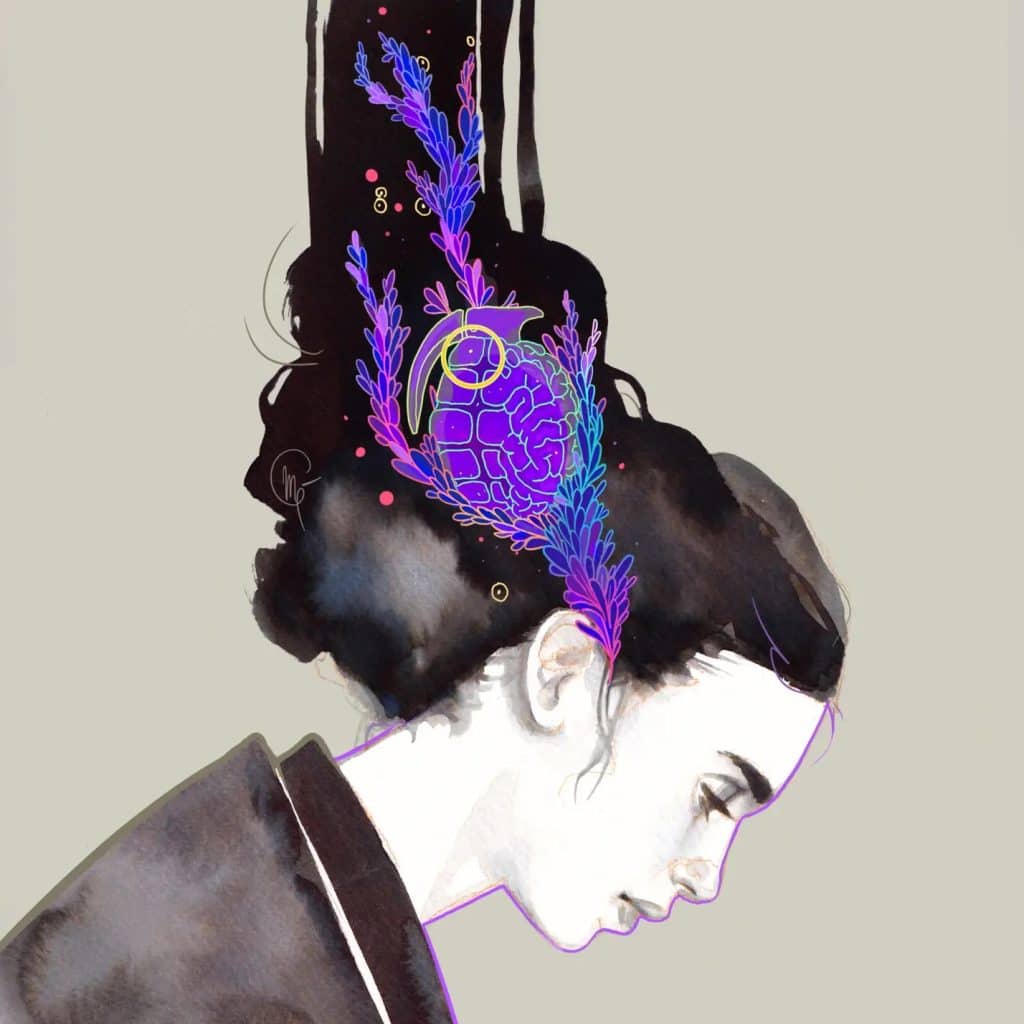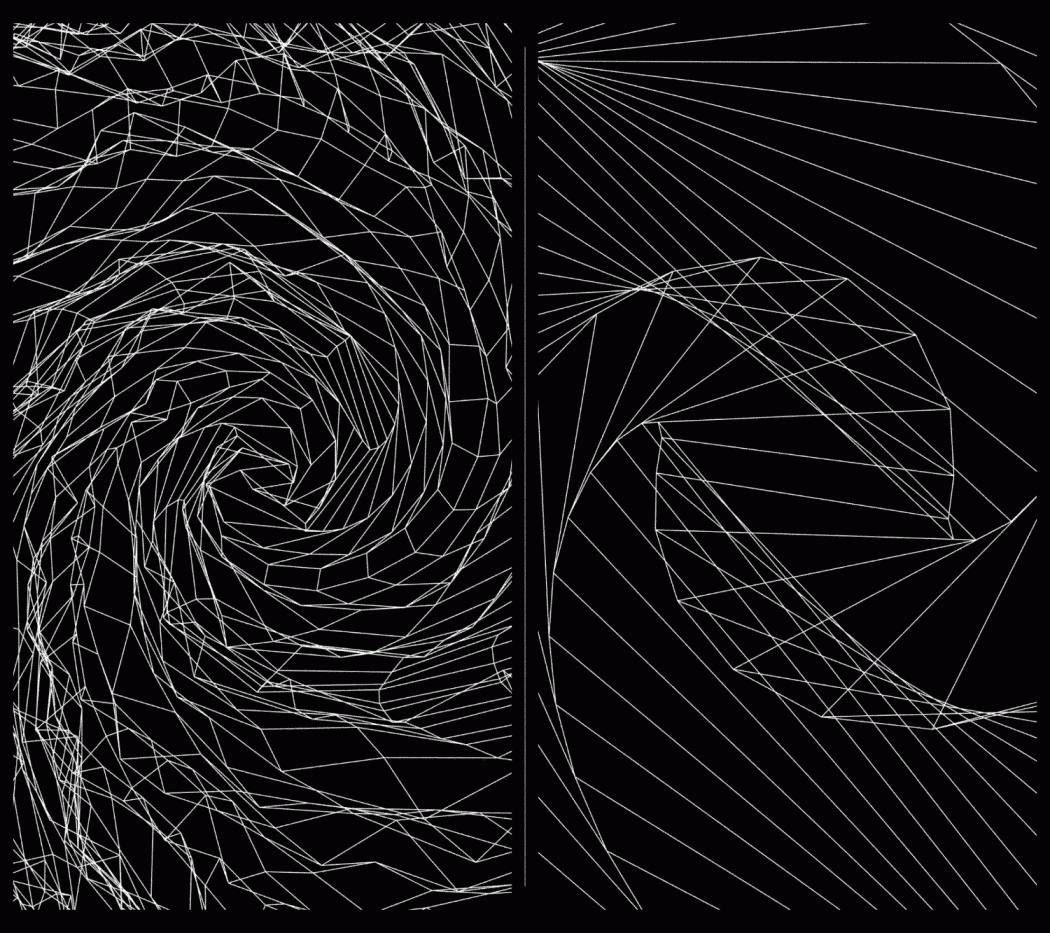
The moment it’s minted, an NFT, or non-fungible token, is written to the blockchain, a process that establishes provenance and creates a fully transparent, indestructible and unalterable record of its existence and ownership history. Although NFT art has become more mainstream than it was even a year ago, many folks are still confounded by it — in particular, by how you put a price tag on something that isn’t . . . “real.”
NFT art exists only in cyberspace. You can’t put it on a pedestal in your hall or hang it on the wall (although NFTs are sometimes associated with physical artworks, and NFTs themselves can be displayed on special high-resolution digital canvases or screens). How do you pin down the value of something that’s not tangible?
The simple answer is that people give NFTs value by liking them and buying them. In other words, like any marketable asset, an NFT is only as valuable as the amount someone is willing to pay for it. Which poses the question:
Why Do People Buy NFT Art?

NFT sales increased from $94.9 million in 2020 to $25 billion in 2021. So obviously, a whole lot of people are buying the tokens. But why? Art enthusiasts purchase NFT art for lots of reasons, including the Big Three:
- Bragging rights. Some people can’t resist getting in on the ground floor of new technologies. Others take great pleasure in knowing they own a one-of-a-kind piece of art — and in letting everyone else know, too.
- Hopes of striking it rich. Early investors in new technologies stand to make (or lose) huge piles of money. For many, the fun lies in not knowing.
- Because they’re cool. Mind-bending tech aside, NFT art is a joy to behold.
What Can Be Made into an NFT?
Since the tokens are just certificates of authenticity and ownership — fraud-proof proofs of purchase — almost any digital asset can be made into an NFT. Markets have arisen for NFT assets like:
- Art: NFT art — in the form of JPEGs, GIFs or videos — is the most popular type of non-fungible token.
- Viral memes and videos: In 2021, Zoë Roth, the subject of Disaster Girl, sold that meme as an NFT for $500,000. The creators of Charlie Bit My Finger took the viral video off YouTube and sold it as an NFT for $760,999.
- Fashion: In May 2021, a Roblox gamer purchased a virtual Gucci purse for more than the market value of its physical counterpart. Some people buy NFT fashions for their avatars to wear or as investments to add to their digital asset collection.
- Trading cards and collectibles: The NFT soccer trading cards Crypto Strikers, launched in 2018, were the first sports cards minted on the Ethereum blockchain. Other popular NFT trading cards include Gods Unchained, Bitcorns and Pokemon.
How Is NFT Art Valued?
The value of an NFT artwork depends on a number of factors, but to a large degree, it’s driven by the fickle preferences of the masses — and nobody can control those. There’s no playbook for assessing an NFT’s value, and it can change overnight or over years. But at any given moment, an NFT’s value is determined by:
Rarity
Rarity is a perceived scarcity that creates demand. It is based, in part, on how many similar NFTs are in a series or whether there’s a limited supply of NFT art from a particular creator. It doesn’t guarantee, however, that an NFT will appreciate in value.
One way to determine the rarity of an NFT is to look at the uniqueness of its defining traits — for example, the perks it confers on its owner. You can calculate the token’s rarity based on the rarest of its traits, or by averaging the rarity rankings of all of them or by multiplying the rankings together. All these methods require some mathematical acrobatics. Alternatively, you can use an NFT rarity tool to check rarity based on one or more traits.
The Pedigree of the Artist
In general, the work of a well-known artist, or one who has the backing of a credible, well-known figure, commands a higher price than that of a lesser-known creator. But even unknown artists who have a touch of marketing savvy can bump up their NFTs’ value by promoting them through social media campaigns, community engagement and influencer marketing.
Celebrity Endorsements
Famous people have enormous influence over their fans, and a single allusion to an item from their lips has the power to create enormous demand for it. If, in addition, there’s a limited number of such items, that nod of approval can significantly jack up their value.
Ownership History
The fact that an NFT once belonged to a celebrity is likely to boost its value. Since the blockchain doesn’t lie, a buyer can rest assured that the piece really was owned by someone recognizable.
Backstory
A good story — whether relating to the work itself or to its creator — enhances an NFT’s credibility and interest, and thus its price.
Perks
What do you get when you buy NFT art? Nothing you can hold in your hands, unless the smart contract of the NFT includes special perks. Physical perks are great at promoting engagement and increasing value. They may include a printed, painted or sculpted version of the NFT artwork, access to a private online community or entry to a live virtual or in-person event.
Liquidity
The liquidity of an NFT is a measure of how easily it can be bought or sold for cash. Since many NFT transactions are trades and not sales, it’s hard to determine how liquid an NFT is. The liquidity of the market itself can give a buyer a sense of how easy or difficult it may be to sell the art later on. A cryptocurrency market with a high trading volume, like Ethereum, is a better bet for both price stability and ease of unloading down the road.
Speculation
Investors may see future potential in the work of an up-and-coming artist, or they may see it in price and market performance data for NFT sales. Speculation is a fundamental driver of even conventional investment values, and it’s part of the fun of investing in NFTs.
Are NFTs Worth the Investment?

That depends entirely on how you define “worth.” If you purchase an NFT and it brings you great joy and satisfaction, then, yes, an NFT is worth the investment, as long as you can still afford to eat. But it’s probably not worth investing your life savings in NFTs in the hopes of growing your wealth. Doing so would be akin to taking your nest egg to the race track or the casino. You could strike it rich, but you could also come away with goose eggs.
Consider that in 2021, the same year Beeple’s The First 5000 Days sold for $69 million, 82 percent of primary NFT sales were for $700 or less. Like any investment, NFTs have risk, and a good rule of thumb for investing in them is to make sure you’re OK with never seeing your money again. Then, if your NFT explodes in value, you can consider it a happy surprise. In other words: Only invest what you’re willing to lose.
The Future of NFT Art
The NFT market is in its infancy, and nobody knows what it’s going to be when it grows up. Some experts insist the whole cryptoart thing is a bubble that’s going to burst any day now, while others believe NFTs are just the beginning of an entirely new way of monetizing, of buying and selling digital and physical goods. Already, NFT art is pushing the boundaries of the immersive visual experience with technologies like augmented and virtual reality, and NFT pioneers are exploring how cyberart can become a more tangible asset in the metaverse.
For many artists, art lovers and technophiles, the value of NFT art goes far beyond dollars and cents. In the here and now, it is a novel and exciting new medium for creators to explore, for collectors to enjoy and for investors to speculate in — all with full transparency, undisputable provenance and a tamper-proof record of ownership.
